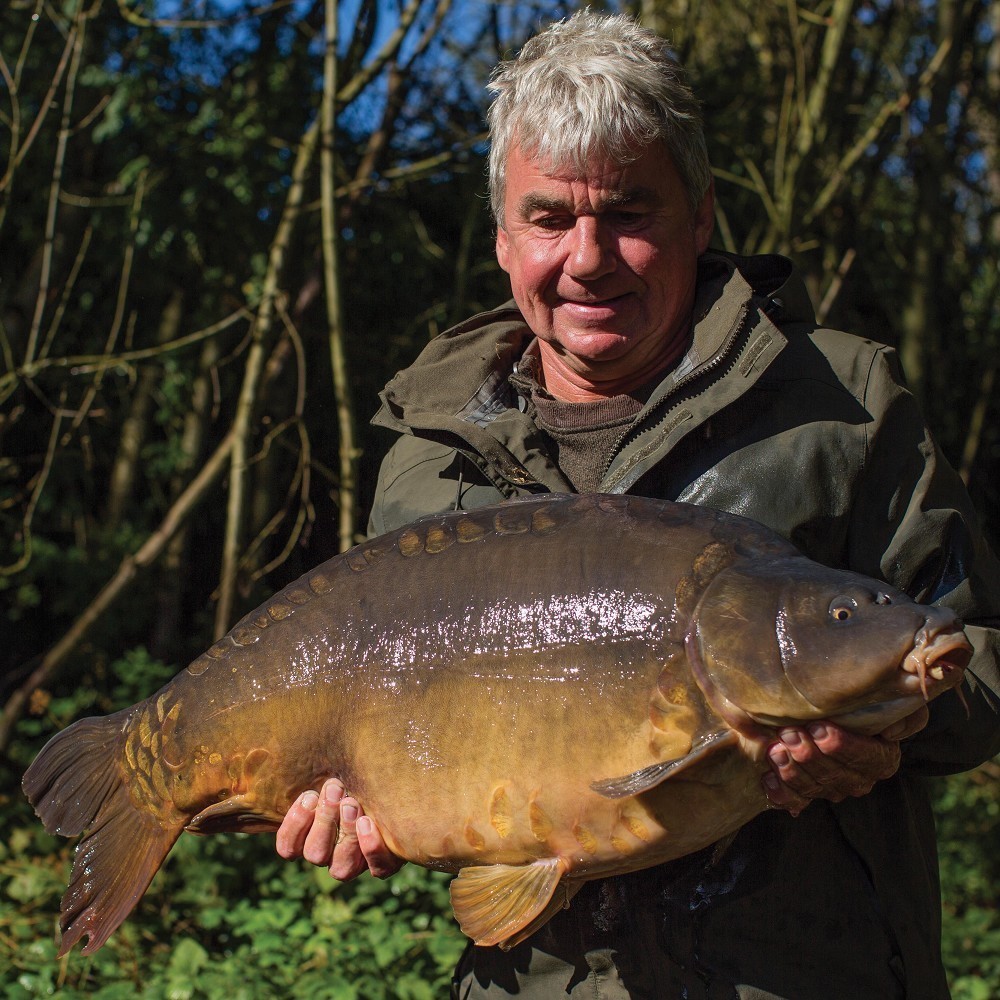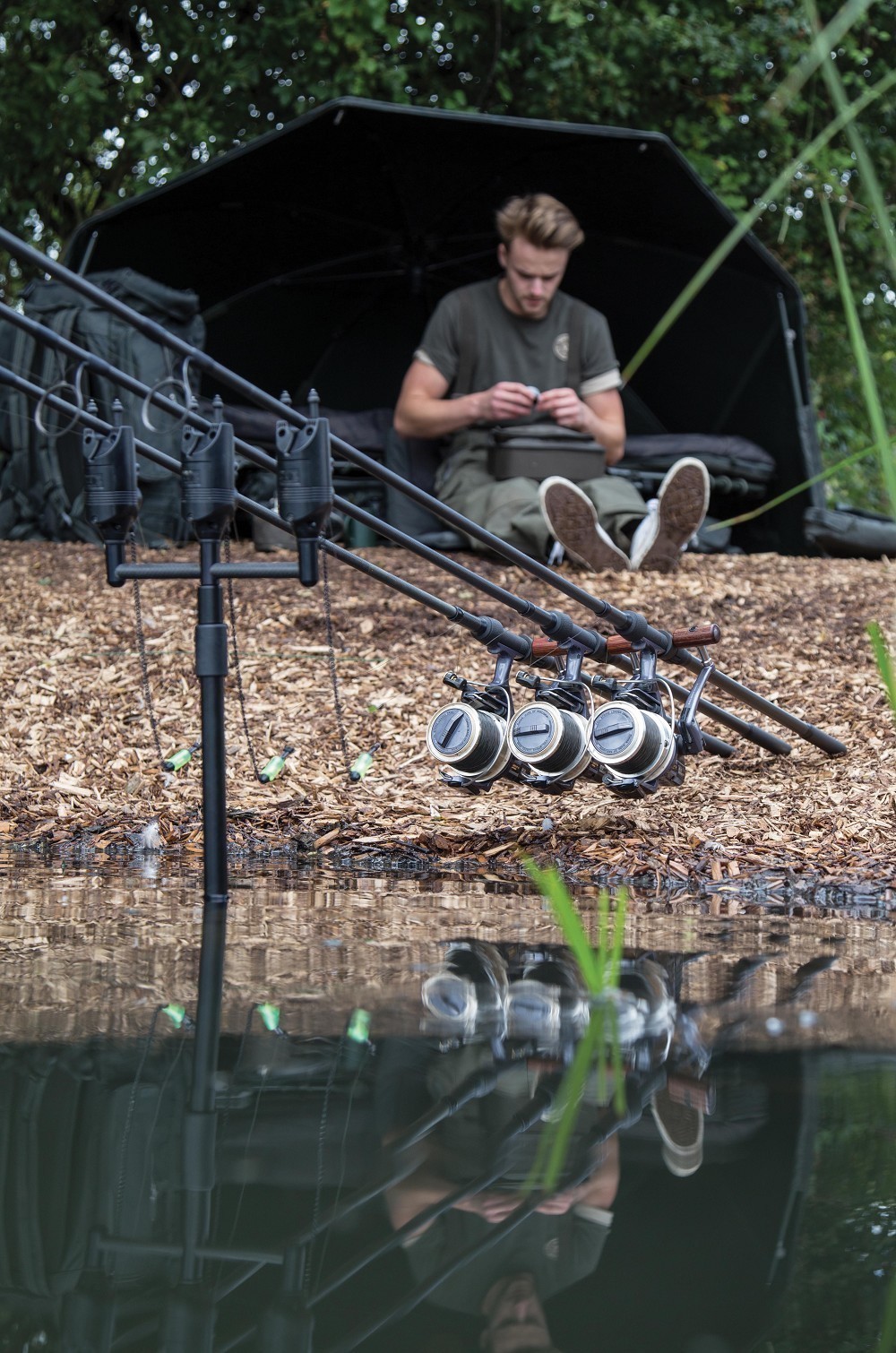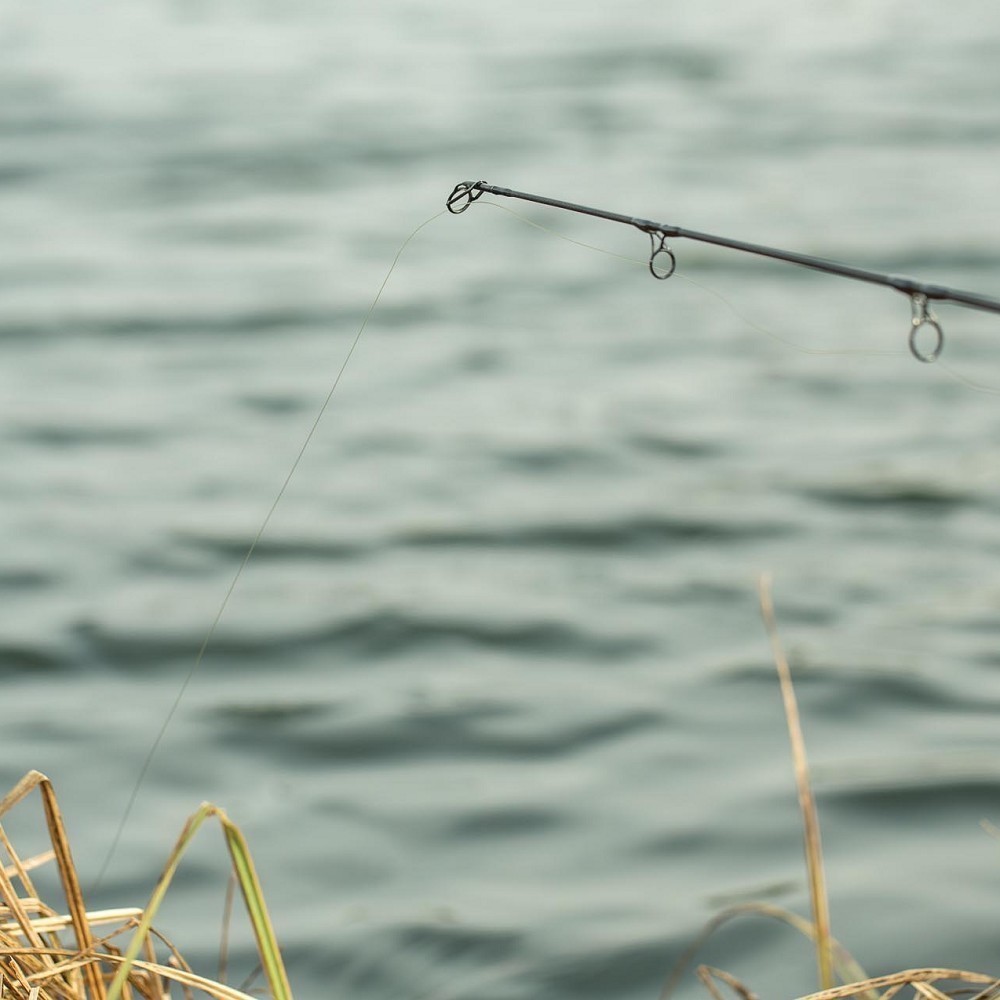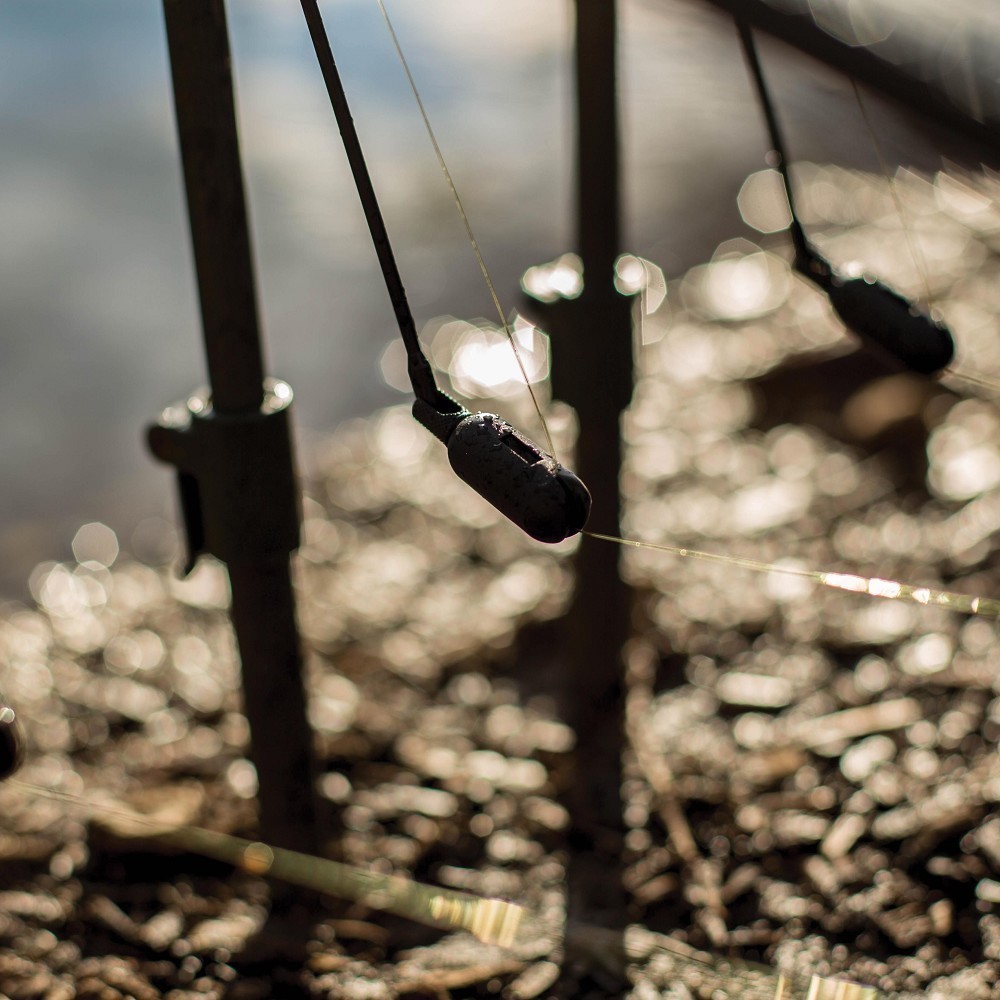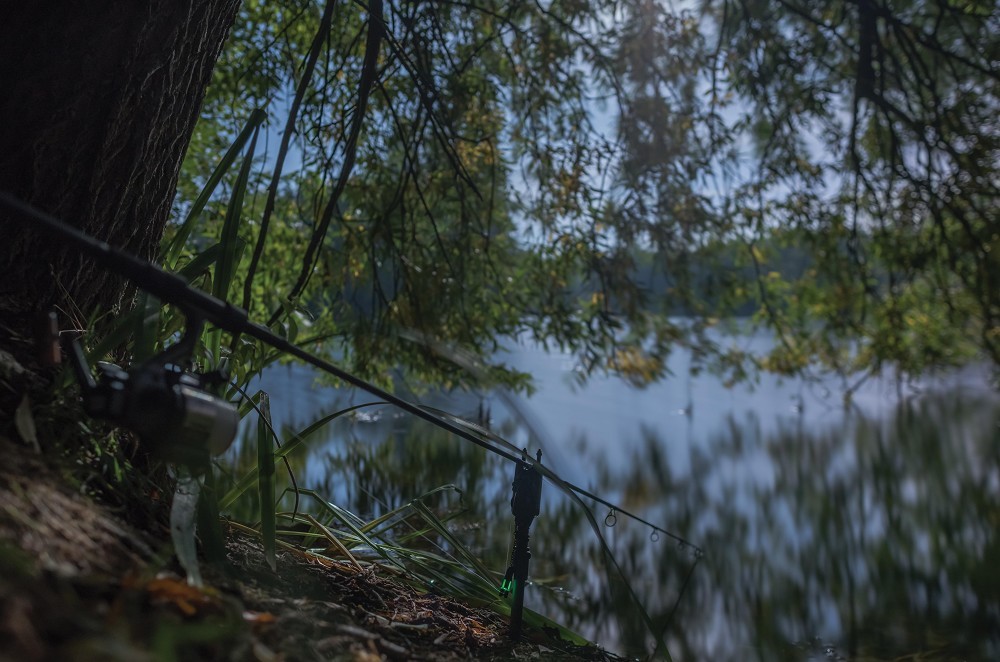
9 truths about modern indication
Carp veteran and bite indication fanatic, Kevin Nash debunks 9 theories when it comes to modern-day bite indication
1. Modern alarms aren't worth listening to
What does it mean when your alarm sounds? Something or nothing? The problem is that we aren’t sure because alarms haven’t fundamentally been doing their job since forever. If your alarm sounds you don’t immediately pick a rod up and strike or accept that something significant has happened, more often you dismiss it as a line bite, wind, weed or tow. Anything less than a significant drop-back or a full-blooded take and we’re not paying any attention because we’ve learned to live with alarms that say nothing we can depend on. It’s a weak link in the whole process of catching carp, especially difficult ones. You need indication that you can absolutely rely on to tell you there has been an event of significance, a near miss with a carp shaking the hook, or a carp that is briefly rigged up which is an opportunity missed.
2. More happens at the rig than you realise
Don’t ever kid yourself that you know exactly what is going on at the rig end. Just because you caught nothing it doesn’t mean you shouldn’t have done, or couldn’t have done. The blow out rig I developed was a massive step forwards to give me eyes underwater. If a carp had picked me up and done me over, shaken its head and bounced the rig out, the tube would be wedged back around the bend. I needed to know whether I was being picked up or not so I knew if it was a rig problem or a location problem. The limitation of using a rig to tell you what is happening is that you only know when you reel in, and that could be a long time later. The only answer is an alarm that works reliably in all conditions and tells you at the time it happens.
3. Why wheels don't work
Good indication is related to a number of day-to-day factors. My finding is that alarms working on vibration simply do not detect a true event, the only alarm that can detect a true event is a roller wheel. Be clear that the roller wheel system that has been the backbone of indication for so long is absolutely fine when we are fishing on a flat calm day. Even the cheapest roller wheel alarms will perform to the same standards as many top spec alarms when we are fishing on a millpond. In the real world the roller doesn’t work because whenever you add in environmental conditions like wind and waves, undertow and weed drifting around, the roller wheel gets caught out and the alarm sounds when it shouldn’t. In anything other than flat calm conditions you end up deliberately desensitising wheel systems to get them to shut up. But that’s not helpful when it means you miss small indications that are important, you’re either missing rigged up carp or missing clues that you need to know about.
4. The critical contact
The single biggest improvement most people could make to their indication is to have a reasonable contact between the bobbin and the lead. The line doesn’t have to be super tight, perversely we had it right in the 70’s and 80’s with tension in the line to the end tackle and a medium drop on the bobbin so we could register forward and backward movement effectively. Add some weight to the bobbin head to improve the contact; I have always found 18g is the best starting point when fishing heavy semi-fixed leads. It’s alien to everybody these days because of the tiny featherweight bobbins that are fashionable. Put some tension between the bobbin and the lead.
5. Slack lines don't help
I wish the carp world could see past the trend for super slack lines, because not only does it mean shocking indication but it also makes life easier for the carp getting rid of a rig. How is a slack line helpful when you are fishing with a semi-fixed rig and the carp can move or run towards you? Slack-lining can also prevent more effective self-hooking because you haven’t got the tension of the line and rod end to pressure the hook point in more aggressively, which in turn makes life so much easier for a carp to get away with shaking its head and dumping a rig. The only time slack line fishing is relevant is at very close-range in the margin when the carp must run away from you. If there is any chance of a carp running towards you, do not use a slack line.
6. Care with clips
Too slack is the major issue today but fishing too tight is also an issue. I’m a fan of a strong line clip at the butt, so when a taking carp hits the clip the tension builds and builds steadily through the main line, driving the hook deeper for a more secure hook hold. What I don’t do is use the clip to tension the line when I set the bobbin. Having it bowstring tight impairs good indication because the line is stretched, the bobbin is wedged up to the blank and the line can become almost like a large elastic band shock absorber. Understand that the clip is there to help add resistance and help drive the hook in, the bobbin in front of it needs to be hanging under its own weight in contact with the lead, able to pull up or drop down freely to provide positive indication.
7. Tight line paranoia
There are too many unfounded fears over line being lifted off the bottom and its effect on carp. Anglers visualise even at medium distance that line will be tight down to the lead whereas it won’t be unless they are seriously tight lining. We’ve done many hours filming lines and the effect of bobbins and line tension on the tackle. If you’re fishing 50 or 70yds out, it’s almost impossible to lift your line off bottom unless you are sticking the rod tips up in the air like you would on the beach – it’s just paranoia. There is a natural bow in the line towards the bottom and if you are worried about it there are simple solutions like adding weight behind the lead to get the line down in the feeding area. I really rate Cling-On Tungsten Tube on waters where there is a ban on leaders; if you can use leaders the heavier Cling-On 65lb leader with a few blobs of Cling-On putty along it is excellent.
8. Ever-changing indication
Indication is not a static element of your fishing. It changes from swim-to-swim and day-to-day. There is no single bobbin to use all year round, indication needs to be adjusted to keep a nice straight line between you and the lead, the critical contact. If the weather changes, you might need to add another drag weight, or at shorter-range remove one. When did you last see anyone altering their indication in response to changing weather for example? People set their bobbins based on how cool or fashionable they think they look rather than reacting to conditions.
9. Premature problems
The attachment of a bobbin to the main line is critical. Too many bobbins and indication systems allow the head to disengage from the line on a violent or fast pull, which isn’t at all helpful. The bobbin needs to stay in position until the rod is picked up, allowing you to watch a take develop or otherwise, not fall off the line at the first sign of a pull. One of the challenges when developing the Slaphead range was ensuring the strength of the magnetic ball clip inside the head was strengthened correspondingly as the size and weight of the head increased, to ensure it always stayed in place until the rod was lifted.





